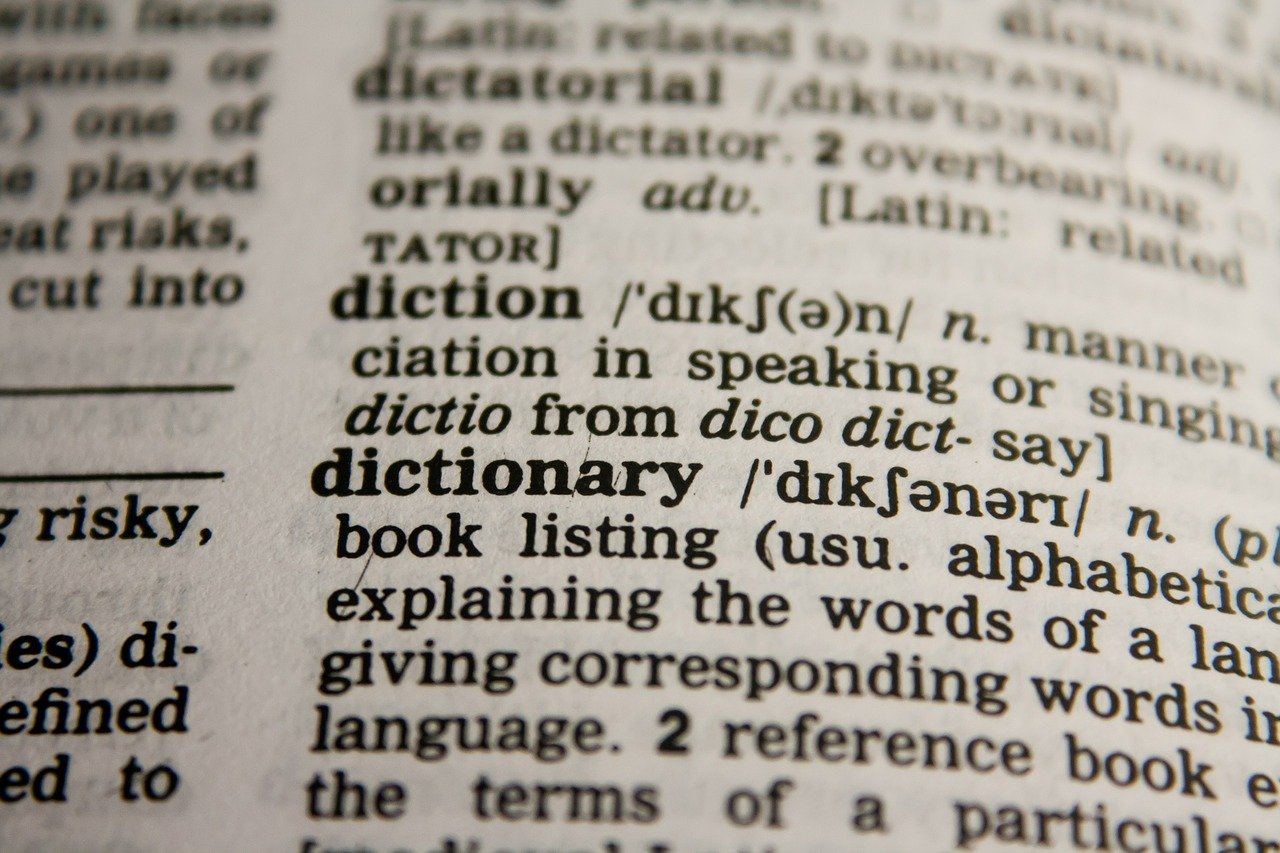Glossary

Glossary
-
Battery: The battery will power your circuit. It stores electricity, generated by a chemical reaction inside the battery, that makes your circuit light up. A coin battery, like the one we will use, has a smooth positive side marked by a plus sign (+) and a rough negative side. This is a 3 volt battery.
-
Battery Pack: The battery pack has a positive side marked in red and a negative side marked in white. The on/off switch can help you control when your circuit is powered on. You need to separate your battery pack from the Shake It Mini board, by gently snapping it out.
-
Circuit: A circuit is a loop made up of different components — like your LED — that allows electricity to flow.
-
Conductors: Conductors are materials, like many metals, that lets electrical current flow freely.
-
Current: An electric current is a stream of charged particles, such as electrons, moving through an electrical conductor. It is measured in amperes, or amps. Learn more.
-
Insulators: Insulators are materials, like glass, rubber, or plastic, that resist the flow of electricity.
-
LED: LED stands for Light Emitting Diode. They turn electricity into light. Like your battery, LEDs are polarized so they have a positive and negative side. On a regular LED the long lead is the positive side. On the LED chip, the red is the positive side. Most LEDs required 1.7 to 3.3 volts of power. Learn more about LEDs.
-
Maker Tape: Maker Tape has nylon fibers combined with conductive materials that result in a strong and highly conductive tape that turns any surface into a circuitry project. Maker Tape comes with a plastic backing that you need to remove to stick it to your project. Only remove a little at a time, as you need it because the tape can stick to itself. You will need scissors to cut your tape.
-
Pager Disc Motor: This type of small, flat motor has no external parts and instead uses a spring inside to create the movement. They are often used to create a “haptic” effect in game controllers because they turn on and off quickly. Learn more about this type of motor.
-
Parallel circuit: In a parallel circuit, each component is wired back to the battery in its own loop. Learn more.
-
Resistance: The electrical resistance of an object is a measure of its opposition to the flow of electric current. Learn more.
-
Series circuit: A series circuit means that the components are connected along a single path. Learn more.
-
Switches: In circuit diagrams, a switch is drawn as a “door” that opens and closes the circuit. Switches come in many different shapes and forms and can be found in every device with electricity. There are two main types of switches: maintained switches that stay the way you left them in and momentary switches that only work when you’re pressing on them. Your battery pack has a small maintained switch on it that turns the pack on and off. Learn more about switches or learn about switch logic.
-
Tilt Switch: A tilt switch opens and closes an electrical circuit based on its angle. Your tilt switch is a “ball-in-cage” switch. When you hold the switch vertically the metal ball inside touches the conductive end, closing the circuit. This means you can control your LED by the direction the switch is tilted. A tilt switch is a momentary switch and is not directional.
-
Vibrating Motor: This tiny DC (direct current) motor has an external shaft with an unbalanced weight on it. When that weight is rotated it wobbles, creating vibrations. They are often used in cellphones and electric toothbrushes to make them vibrate. Learn more about this type of motor.
-
Voltage: Voltage is the electrical potential of a power source. You can think of it as a kind of electrical pressure created by the battery. You must match the voltage of your power source to the voltage of what you are powering. Learn more.

